Optimizing PHP for High Traffic Websites
TLDR: Managing a high-traffic website requires effective PHP optimization. Here are 9 practical tips to enhance performance and handle traffic spikes efficiently.
1. Caching of Static Content
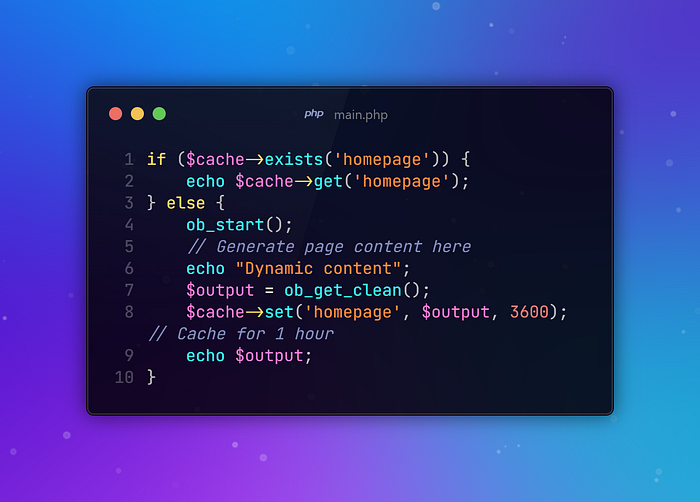
Improve performance by caching static content. Instead of regenerating pages with every request, save the generated output and serve it for subsequent requests, reducing server load and speeding up delivery.
2. Optimize Database Queries
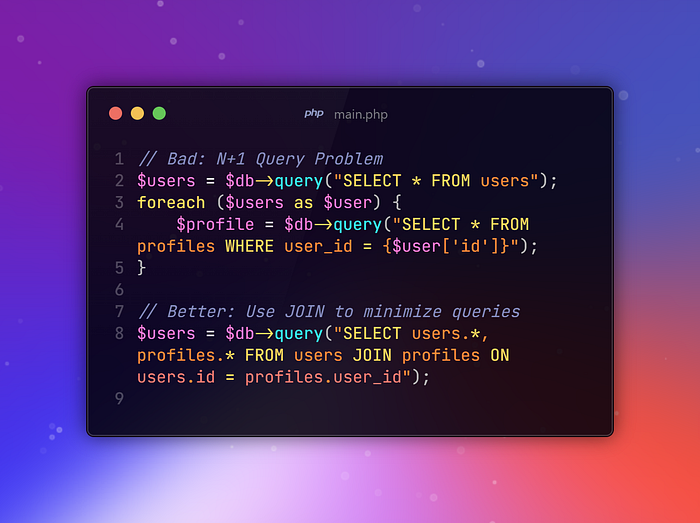
Database queries can be a bottleneck. Optimize queries through indexing, minimizing unnecessary joins, and removing redundant queries to boost application performance.
3. Client-Side Caching
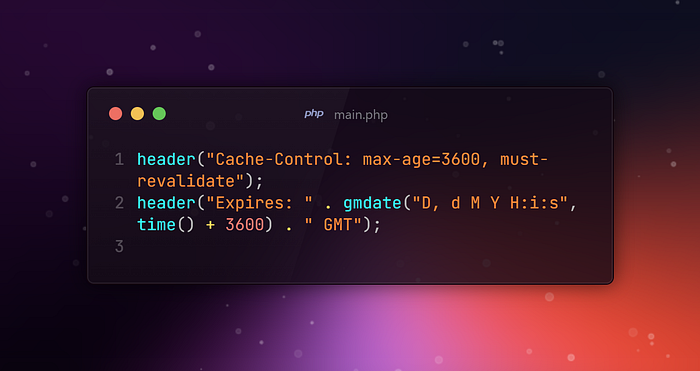
Reduce server requests by storing static files on the user’s device. Utilize Expire and Cache-Control headers to implement this strategy effectively.
4. Use Autoloading to Streamline
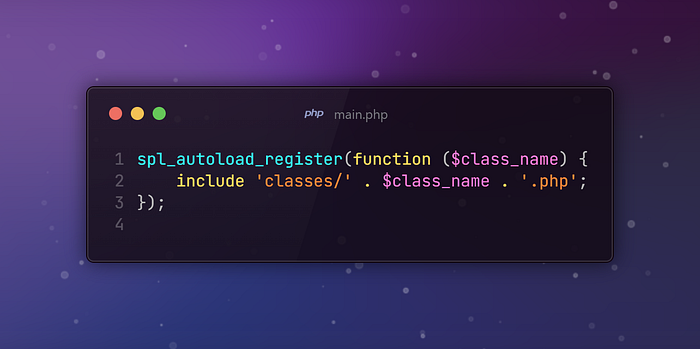
Leverage PHP’s autoloading to load only the necessary classes, cutting down on overhead and enhancing application performance.
5. Enable Opcode Caching
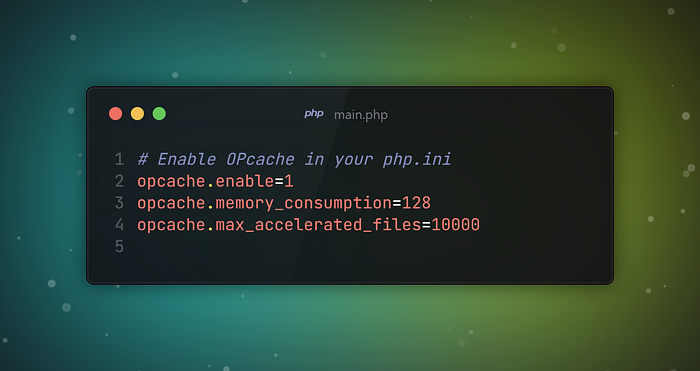
Enable opcode caching to store the compiled version of PHP code. This prevents recompilation for every request, offering a quick performance boost.
6. Avoid Unnecessary Code Execution
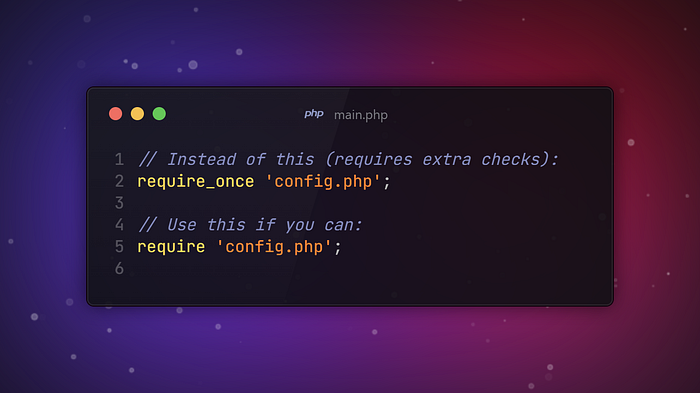
Minimize code execution to what’s essential. Use require instead of require_once when certain a file is only needed once, reducing unnecessary processing.
7. Pool Database Connections
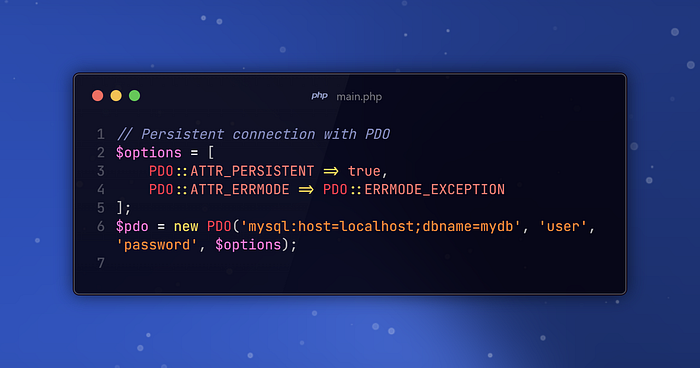
Reduce the cost of opening and closing database connections by using a connection pool, significantly enhancing performance under heavy load.
8. Content Delivery Network (CDN)
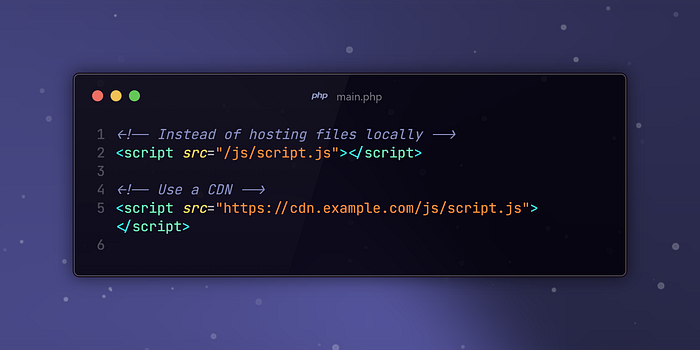
Utilize a CDN to offload static content like images and CSS to a global network of servers, lightening the load on your server and speeding up content delivery.
9. Regular Code Profiling
Regular profiling with tools like Xdebug or Blackfire reveals bottlenecks in your code. Identifying slow parts helps in targeted optimization, ensuring smooth performance.
Wrapping Up
PHP optimization is an ongoing task, especially for high-traffic websites. Adopting these strategies will improve your site’s performance, making it resilient against traffic surges. Keep testing, tweaking, and monitoring for continuous improvement. Happy coding!